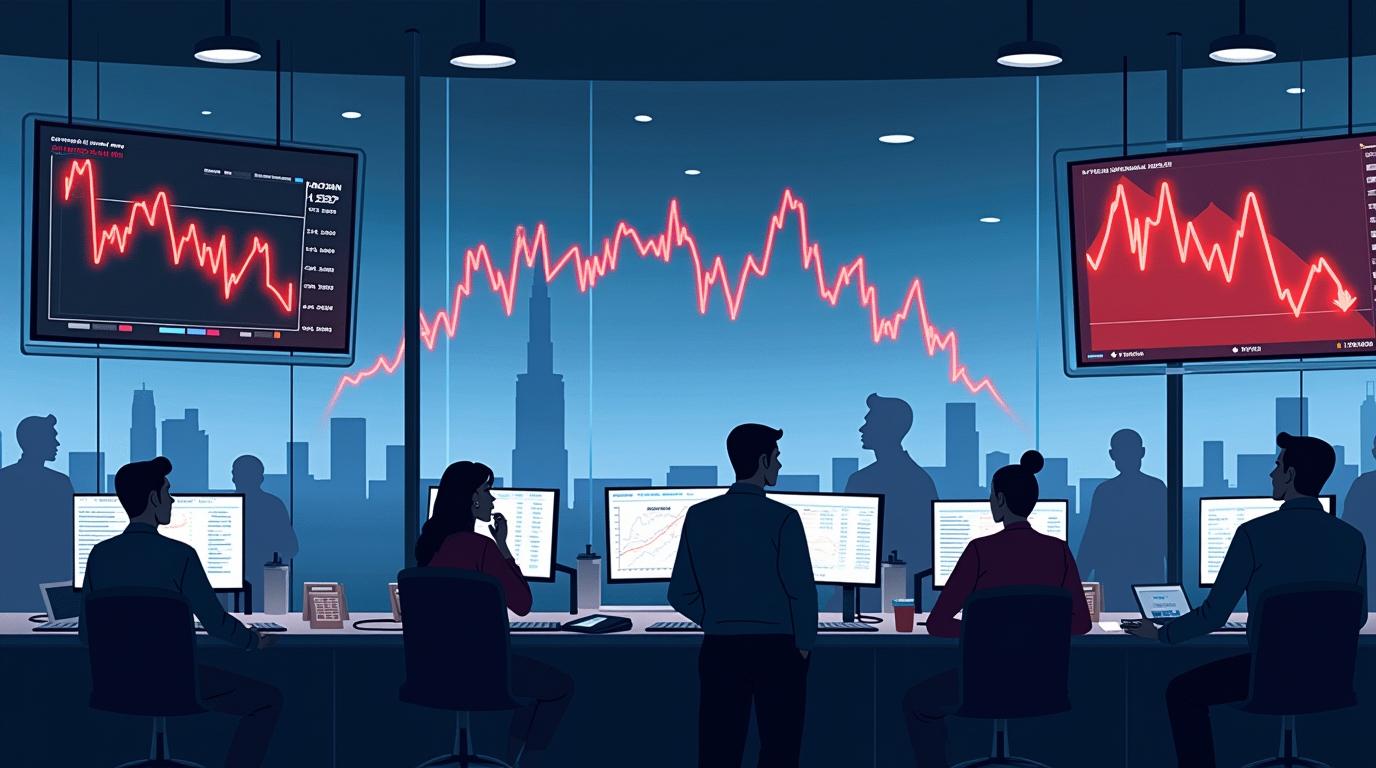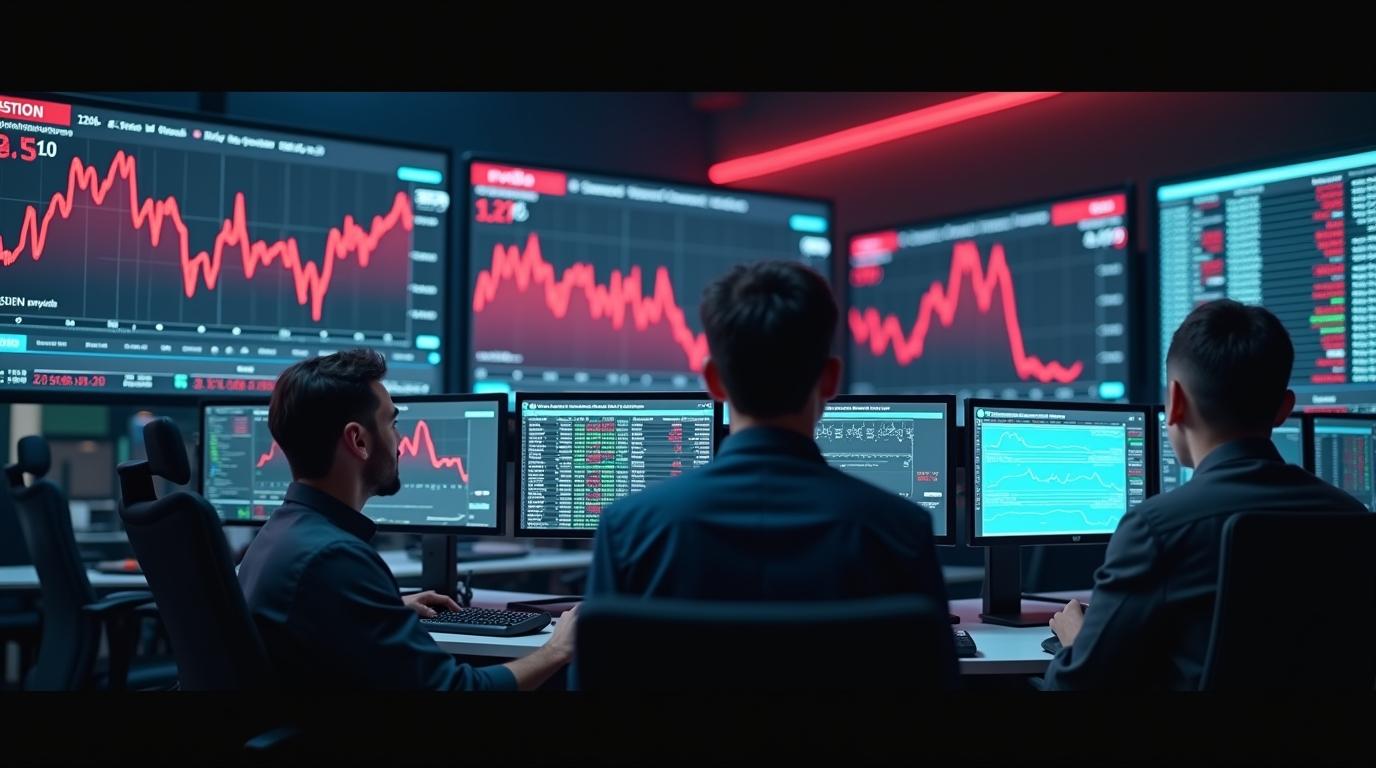China’s stimulus efforts drive stock gains, impact U.S. equities, and shape trading strategies amid economic uncertainties.
China’s Economic Stimulus: Impact on Global Markets and Trading Strategies

The Transformation of Markets Due to China’s Economic Stimulus and Key Insights for Traders
China is implementing initiatives to stimulate the economy and support job stability through measures such as raising wages and cutting interest rates alongside growth strategies incorporating intelligence technology – fueling gains in stock markets and impacting U.S. equities.
Several important efforts involve increasing wages and extending work relief programs while also dealing with wages in small and medium-sized companies. The People’s Bank of China (PBoC), on the other hand, has pledged to implement interest rate reductions and decrease the reserve requirement ratio (RRR) in order to enhance market liquidity. Reduced borrowing expenses are anticipated to bolster the real estate sector and stimulate consumer expenditure.
Despite all these attempts made by people to address the issue at hand, concerns still exist that have not yet been fully resolved in our society. Unemployment rates are currently showing a trend, and people’s trust in the economy is teetering at levels that have never been seen before. Recent data from February reveals that China is facing an increase in the number of individuals, with a rate now standing at 5.4%, a situation that might potentially hinder the impact of any economic measures introduced.
Asian markets have shown a response lately as the Hang Seng Index surged by 5.25%, reaching its peak since the beginning of 2022 in March. Mainland China’s CSI 300 and Shanghai Composite Index are also seeing trends. On the other hand, U.S. markets are encountering challenges with the Nasdaq Composite decreasing by 7.78% since the start of this year.
Traders need to keep an eye on events like the U.S. Federal Reserve’s interest rate decision and the PBoC’s loan prime rate announcements, as capital flows could change due to evolving policies and ongoing trade tensions between the U.S. and China.


